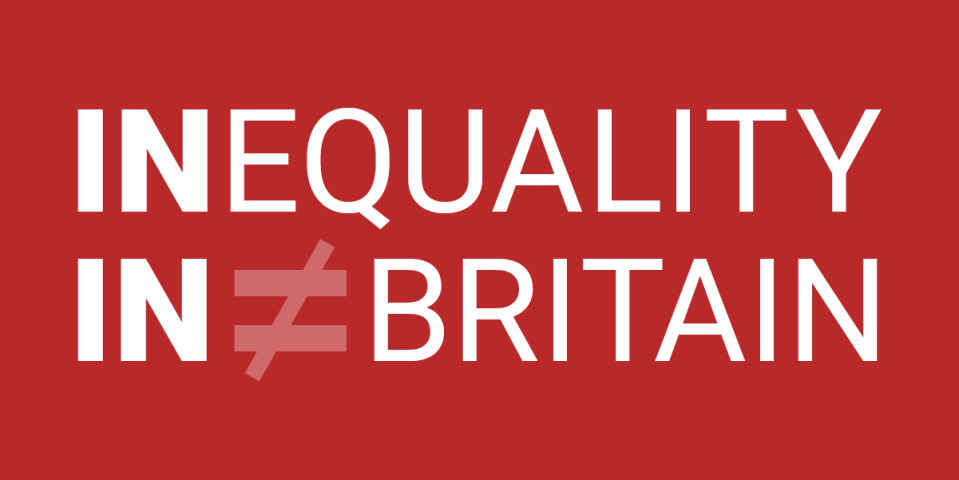UK 'underemployment' is worse now than during the financial crisis of 2008

Citi
Unemployment is at record lows.
But "underemployment" — the phenomenon of people stuck in badly paid part-time jobs who cannot get full-time work — remains higher now than during the 2008 crisis.
That is more evidence that the role of dole-claiming unemployment has been supplanted by the gig economy.
LONDON — At just 4.2%, unemployment in the UK is at its lowest level in decades. It should be the best of times.
Technically, the economy is at "full employment," meaning that anyone who wants a job can get one and the only people who are "unemployed" are those skipping between jobs.
But data from Citi Research and the Office for National Statistics shows that the percentage of people who are "underemployed" or working on "zero-hours contracts" — neither of which guarantee full-time work — is greater now than it was in 2008 and 2009, when the country was plunged into a recession triggered by the Great Financial Crisis.
The portion of people on zero-hours contracts (where employers do not guarantee any level of paid work whatsoever, and set employee schedules on a week-to-week basis) has more than doubled. The number of underemployed has increased by roughly half. "Underemployment" occurs when workers have a part-time job but want to work more hours.

BI GraphicsAs charted by Citi, the data suggest that chronic "underemployment" has replaced the role outright joblessness used to play in the labour market, and that the major dynamic of inequality in Britain today is the divide between those with full-time jobs and workers stuck in the poorly paid gig economy.
Citi analysts Christian Schulz and Giada Giani believe the drag of low-wage jobs will prevent Bank of England governor Mark Carney from raising interest rates.
"Carney’s issue is that the outlook for inflation beyond the current FX-induced bout of above-target price increases remains uncertain: slack in the economy seems low with the unemployment rate at 4.2%, the lowest since the 1970s, but other indicators of slack such as underemployment or the number of zero-hours contracts remain above pre-crisis levels ... Wage growth seems to have gone into reverse again early this year," they told clients in a note seen by Business Insider.
Here is an older chart showing the "crossover" of underemployment vs unemployment.

ONS
NOW WATCH: Investors need to lower their expectations
See Also:
SEE ALSO: New stats show unemployment in the UK is being replaced by chronic 'underemployment'


